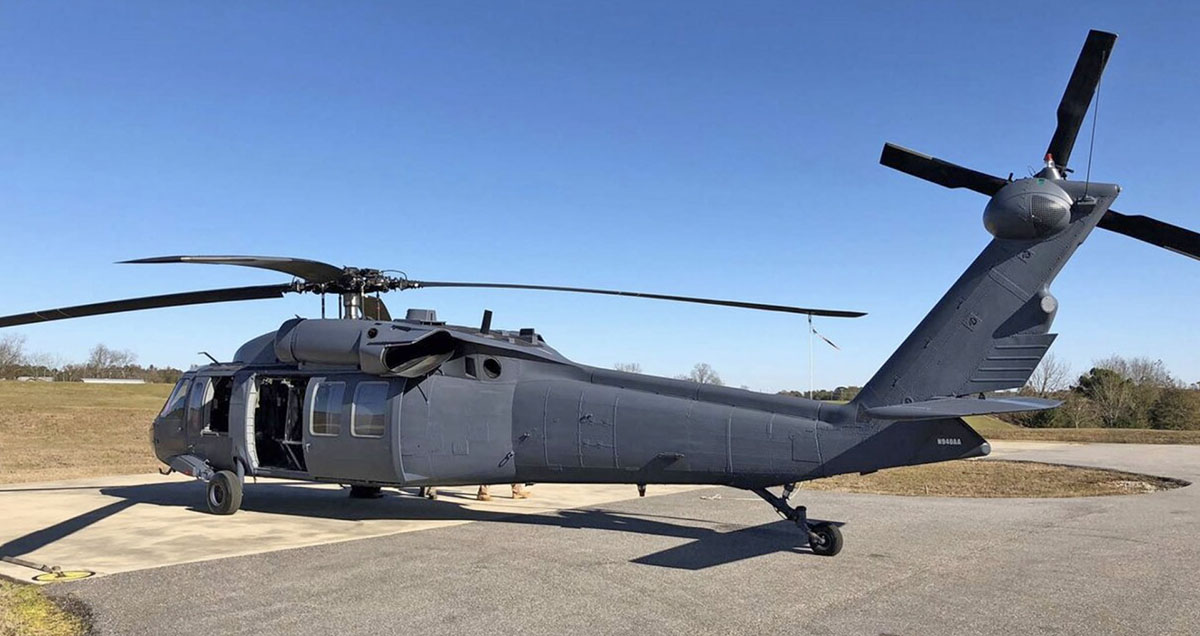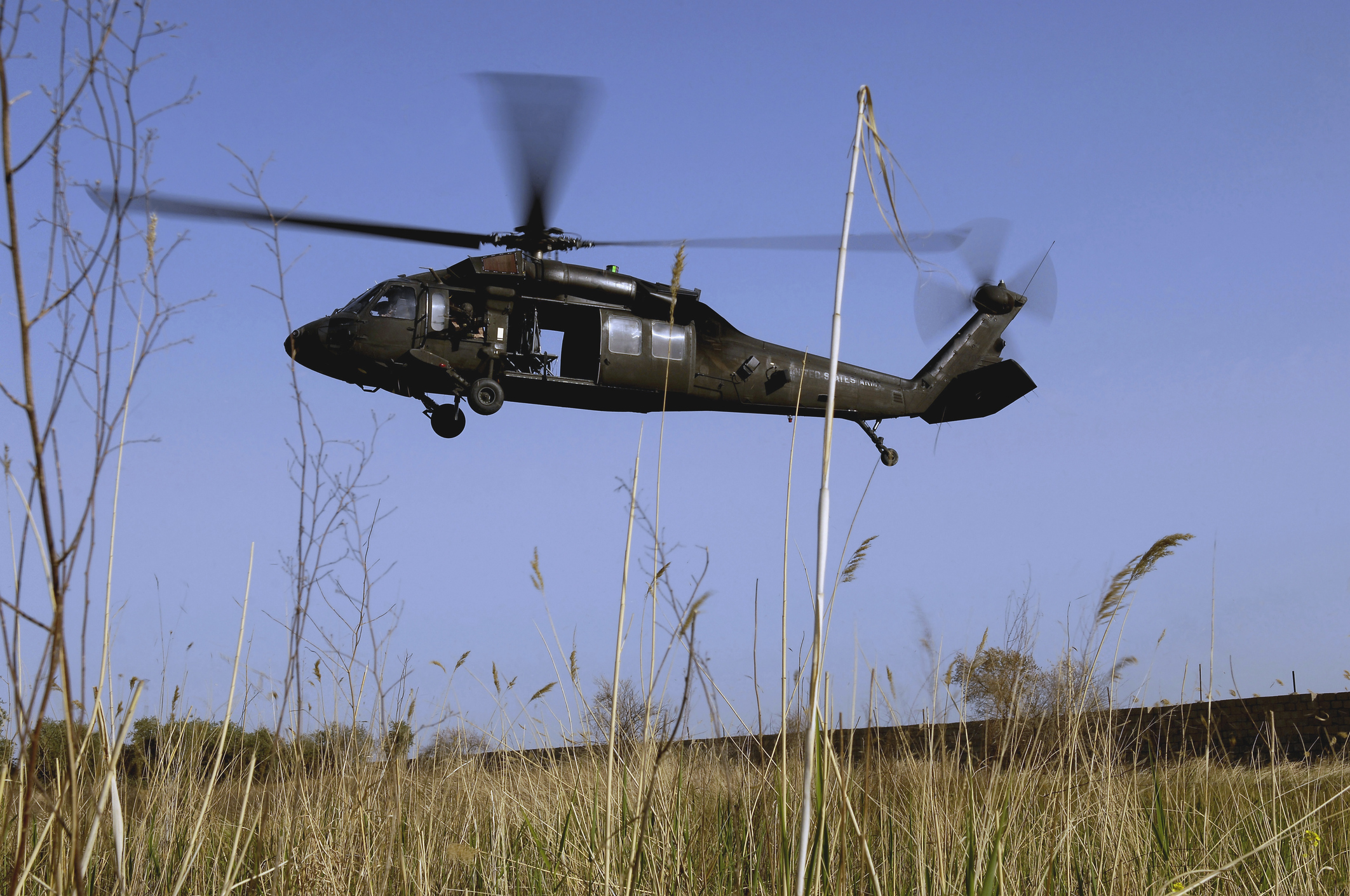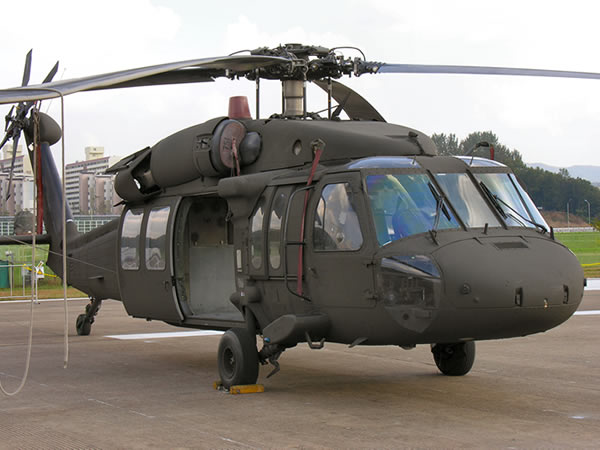The UH 60 Black Hawk: Versatility and Performance in Military Aviation
The UH 60 Black Hawk: Versatility and Performance in Military Aviation
Blog Article
Every Little Thing You Required to Know About the UH 60 Helicopter
The UH-60 helicopter, a keystone of U.S. Military air travel because its launching in 1979, stands for a remarkable blend of engineering and operational adaptability. As military needs progress, so as well does the helicopter, with ongoing innovations intended at improving its abilities and incorporating modern innovations.
History of the UH-60
Developed in the late 1970s, the UH-60 Black Hawk helicopter emerged as a feedback to the U.S. Army's requirement for a functional utility helicopter that might do a selection of goals under challenging problems. The incentive for its style was the imperfections determined in the earlier helicopters used during the Vietnam War, especially in regards to maneuverability, survivability, and speed.
The Black Hawk was designed by Sikorsky Airplane, integrating advanced innovations and materials to boost its efficiency and durability. It was officially introduced into service in 1979, rapidly coming to be an essential asset for army procedures - uh 60. Its capability to deliver troops, medical discharge, and logistical support in both battle and altruistic goals made the Black Hawk a very useful part of the united state Military's aviation fleet
Throughout the decades, the UH-60 has been continually updated, adapting to the transforming nature of war and the evolving requirements of contemporary military procedures. Its operational background includes participation in significant problems, peacekeeping objectives, and calamity relief initiatives, strengthening its credibility as a dependable and reliable helicopter in various atmospheres worldwide.

Layout and Specs
The style of the UH-60 Black Hawk helicopter continually reflects a dedication to functional performance and versatility. Established by Sikorsky Airplane, this medium-lift utility helicopter features a streamlined, aerodynamic body that improves rate and ability to move. Its tandem rotor system, characterized by 2 counter-rotating blades, lessens resonance and increases lift ability, enabling more secure procedures in diverse atmospheres.
The UH-60 is powered by two T700-GE-701C turboshaft engines, supplying an optimum speed of about 180 knots and a range of around 400 nautical miles. Its robust airframe is created from sophisticated composite materials, guaranteeing sturdiness while preserving a fairly reduced weight. The helicopter has a maximum gross weight of concerning 22,000 pounds, supporting a functional payload configuration.

Functions and Objectives
A versatile platform, the UH-60 Black Hawk helicopter serves a multitude of duties and objectives within army procedures. Created mostly for troop transport, it can bring as much as 11 soldiers, making it an essential possession for fast release and logistical support.
Along with troop transportation, the UH-60 masters medical emptying (MEDEVAC) objectives, furnished with innovative clinical devices to give vital treatment during transportation. Its capability to operate in varied environments improves its performance in battle search and rescue (CSAR) operations, where quick removal of workers is vital.
The helicopter also plays a significant duty in reconnaissance and monitoring objectives, using onboard sensing units and equipment to gather intelligence. Its adaptability prolongs to logistical assistance, qualified of transferring supplies and equipment to forward operating bases.
In battle procedures, the UH-60 can be equipped with various tool systems, pop over to this web-site allowing it to provide close air assistance. Its multi-role capability makes the Black Hawk a vital tool for modern-day army forces, adjusting flawlessly to the evolving demands of field of battle circumstances and guaranteeing objective success across a series of operational contexts.
Efficiency and Abilities
Known for its durable efficiency, the UH-60 Black Hawk helicopter boasts remarkable capacities that enhance its functional efficiency throughout different objectives. uh 60. This multi-role aircraft is outfitted with effective twin-engine Turbomeca Arriel 1D1 engines, giving remarkable rate and maneuverability, with an optimum cruise ship rate of around 150 knots and a functional variety of around 400 nautical miles
The Black Hawk's advanced avionics and fly-by-wire control systems significantly enhance flight safety and security and handling, permitting it to run in varied atmospheres, including damaging climate condition. Its convenience is more exemplified by its ability to bring up to 11 fully geared up soldiers or a haul of around 8,000 extra pounds, making it optimal for army transportation, clinical emptying, and logistical assistance objectives.
In Addition, the UH-60 is created for survivability, featuring strengthened airframes, ballistic defense for team and guests, and advanced countermeasure systems to escape threats. The helicopter's dexterity and speed, combined with its capacity for rapid implementation, make it an indispensable property in modern army procedures, ensuring that it remains a crucial element of tactical air assistance and battlefield flexibility.
Future Dope

One substantial emphasis is the assimilation of sophisticated avionics systems, which will improve situational awareness through enhanced navigation and interaction abilities. This includes the prospective use of artificial knowledge to help pilots in decision-making and objective planning.
In addition, future variations might integrate advanced materials and design functions to boost the helicopter's longevity and lower its radar signature, improving survivability in contested environments.
The intro of hybrid-electric propulsion systems is also on the perspective, intending to boost gas performance and decrease logistical worries. Such improvements could extend operational array and minimize the helicopter's ecological impact.

Final Thought
The UH-60 helicopter stands for a substantial advancement in army air travel since its introduction in 1979. The read review UH-60's enduring existence emphasizes its vital duty in modern army procedures and highlights the continuous development of army air travel modern technology.
The UH-60 helicopter, a keystone of United state Army air travel given that its debut in 1979, stands for a remarkable mix of design and operational adaptability. As armed forces needs evolve, so as well does the helicopter, with continuous developments intended at improving its capabilities and incorporating contemporary technologies.The style of the UH-60 Black Hawk helicopter continually mirrors a commitment to functional efficiency and flexibility. Developed by Sikorsky Aircraft, this medium-lift energy helicopter includes a smooth, wind resistant fuselage that enhances speed and ability to move.The UH-60 helicopter represents a considerable advancement in armed forces air travel since its intro in 1979.
Report this page